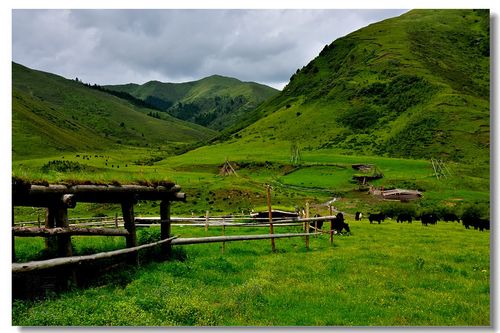How to Teach Children That It Is a Personal Responsibility to Protect the Environment
As our planet continues to face environmental issues such as pollution, climate change, and deforestation, it’s crucial to teach our children about their personal responsibility when it comes to protecting the environment. By instilling eco-consciousness from a young age, children can be empowered to make sustainable choices that can have a positive impact on our planet. Here are some effective ways to teach children that it is a personal responsibility to protect the environment.
1. Educate Them About the Environment
One of the first steps in teaching children about their personal responsibility to protect the environment is to educate them about it. Start by explaining the concept of eco-friendliness, what it means, why it’s important, and how it can make a difference in the world. Use age-appropriate resources such as books, videos, and documentaries to help them understand complex environmental issues in a way that is engaging and easy to digest.
2. Encourage Them to Reduce, Reuse, and Recycle
Teach children the importance of reducing, reusing, and recycling by making it a daily habit. Explain to them what each of these concepts means and how it contributes to sustainability. Start small by encouraging your child to turn off the lights when they leave a room, use a reusable water bottle, or pack a waste-free lunch for school. These small choices can add up over time and make a significant impact.
3. Take Them Outdoors
Getting outside and experiencing nature can help children appreciate the environment and understand why it is worth protecting. Take your child for a hike, visit a national park, or simply go for a walk in your local park. Encourage them to interact with the environment by picking up litter, planting trees, or simply observing animals in their natural habitat. This firsthand experience can make a huge difference in their understanding of the impact of environmental issues.
4. Lead By Example
As parents and caregivers, we are the role models for our children. If we want to teach our children to be environmentally responsible, we need to lead by example. Make sustainable choices in your daily life such as driving less, using public transport, buying locally sourced food, and conserving energy. By doing so, we can inspire our children to follow suit and take ownership of their personal responsibility to protect the environment.
Conclusion
Teaching children that it is a personal responsibility to protect the environment is a crucial step in creating a more sustainable future. By educating them, encouraging sustainable habits, taking them outdoors, and leading by example, we can empower our children to make a positive impact on our planet. Remember, it’s never too early or too late to start instilling eco-consciousness in our children and making a difference in the world.
(Note: Do you have knowledge or insights to share? Unlock new opportunities and expand your reach by joining our authors team. Click Registration to join us and share your expertise with our readers.)
Speech tips:
Please note that any statements involving politics will not be approved.
